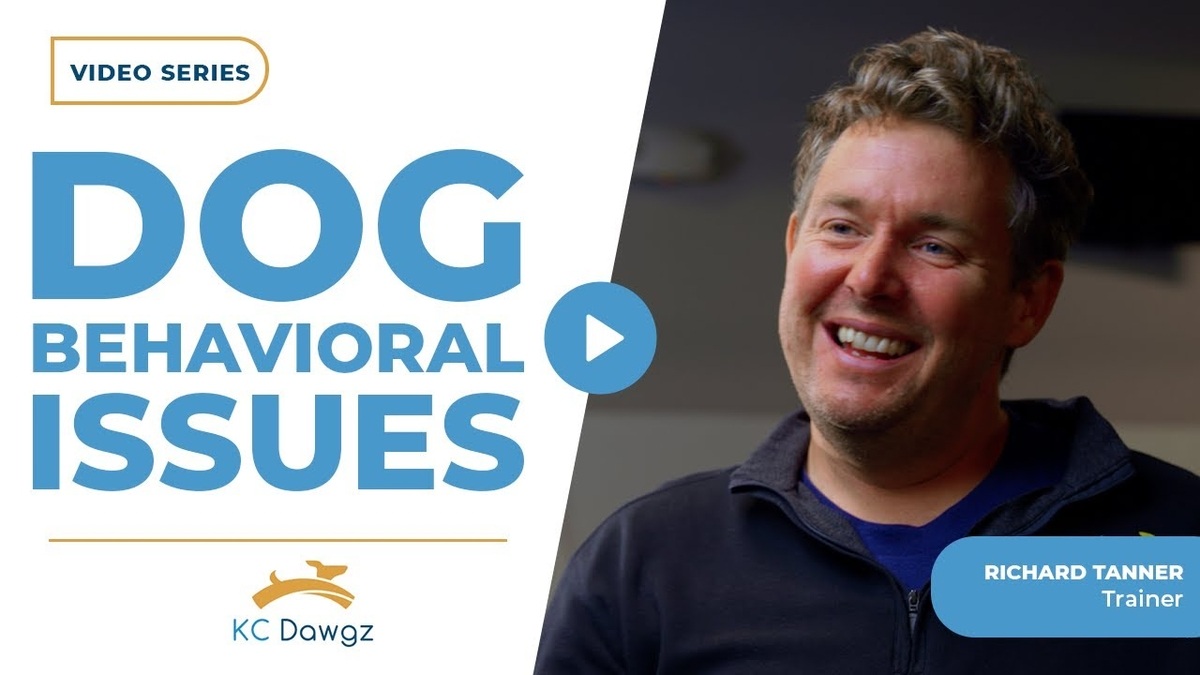Does your dog try to pull you down the street whenever you are trying to enjoy a leisurely neighborhood stroll? You are not alone! Leash pulling is one of the top issues that dog owners struggle with, and for that reason it is one of the behaviors owners most often request help with when booking any type of training service. This behavior is not only annoying, but can also be a safety risk to both you and your dog.
Dogs don’t naturally understand how to walk properly of a leash. It is something we have to teach them! By continuing to allow them to pull you down the street we are actually reinforcing the leash pulling behavior, thus making it more likely to happen! Dogs actually have a natural instinct to oppose leash tension. This means we have to teach them how to move into the leash whenever it feels tight. So how do we help teach our pooch to walk appropriately on a leash?
Controlled walk
Try a “controlled walk” exercise. Your puppy is allowed to walk 4 to 6 ft in front of you, on either side of you, or even behind, as long as there is no tension on the leash. If your puppy pulls ahead on the leash, you verbally mark “No” and stop walking. You offer no rewards (something your dog finds rewarding), leash jerking or pulling your puppy back to you. Just remain calm, lean against the leash and wait four your pup to figure it out. When your puppy moves back towards you, offer a reinforcement marker “Good”, reward and continue the walk at a brisk pace.
If your puppy sits down or is really having trouble you can slowly back up, in effect pulling him back towards you. Again, as soon as the leash is loose verbally mark “good!” and reward him by quickly going forward again and giving him a treat. This game continues until your puppy learns that a nice, loose, J-shaped leash is how he keeps on moving in the direction in which he desires!
Make sure that you practice this exercise in an area with low distractions, (inside or in your backyard), then slowly increase distractions as your puppy progresses. Keep in mind; dogs need to practice this behavior in multiple places and around different distractions in order to make the behavior a habit. If your dog is having a hard time in a new environment be sure to lower your criteria to set them up for success. It is normal for dogs to get confused when trying to practice in new places. The more places you practice, the more reliable your dog’s leash walking will be.
Walking with a “controlled” attitude is more than just a dog who doesn’t pull on the leash; you create a positive bond between you and your dog. The goal is to allow your puppy to explore the world, but with a degree of needed control. By frequently practicing this exercise, you will soon be able to turn a walk into a fun activity that both of you can enjoy.






